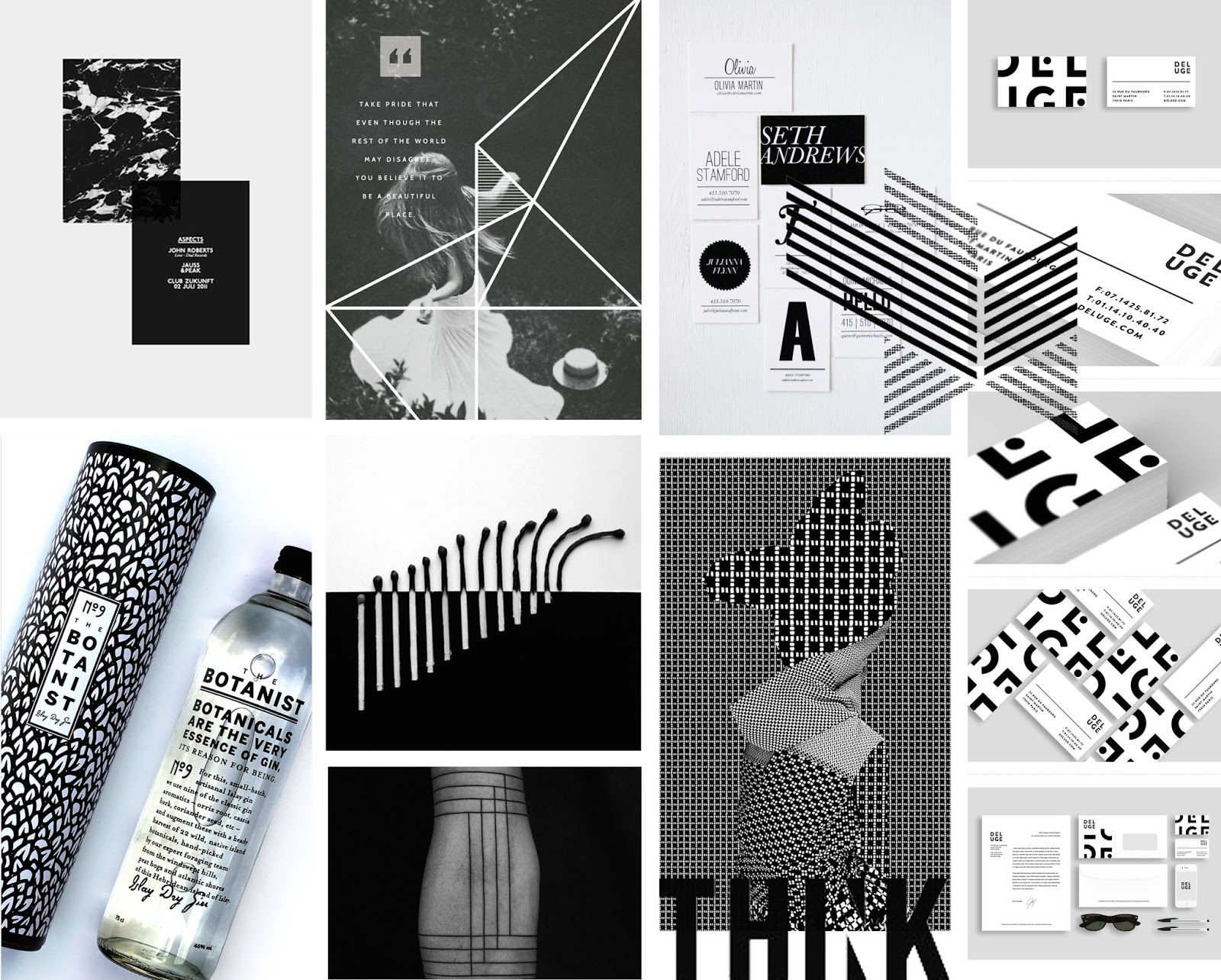"I really like to have a brief and boundaries in my work, I think that's challenging and it helps me to contain my creativity."
I stumbled across Leslie David via Pinterest, and I knew I just had to feature her work on here. Growing up in the south of France, David’s childhood helped shape her into the renowned designer she has become. The daughter of two artists, David often witnessed her mother drawing in her studio at home, whilst her father, who gave up his artistic side to become an entrepreneur, often came home late, although he was his own boss. This helped to prepare her for a life of freelance.

David knew from a young age that she wanted to study a creative subject. Enrolling in Ecole Des Beaux Arts in Lyon, and leaving her small town behind, she embarked on her creative journey: fast discovering the program was too conceptual, and she wanted to get closer to applied arts. David left the course and headed to Paris, where she sat entrance exams for the Ecole des Arts Decoratifs. Receiving a place in Strasbourg, she moved there for the next four years, and chose her speciality: Graphic Design. She balanced her studies with work experience placements with magazines, and in her third year, she was contacted from an agency she had sent her portfolio to, offering a job as an Art Director, not the internship she had originally applied for. This offer led to her leaving school a year before graduating, and she stayed at the position for two years, later settling into the world of freelance. This is a decision she has never regretted.
Staying at the agency for two years, she explains the experience was a great opportunity, stating that it was “really beneficial for me. I cannot stop recommending to everyone who wants to be a freelancer to first start with an experience in an agency or a company, as it is highly influential.”
"I have been fed by art, and especially graphic art, during my childhood. This is now a very intuitive means of expression, and I use it to help other people in their communication."
Specialising in brand image, illustration and graphic design for fashion brands and culture, David has worked with the likes of Nike, Chanel, Givenchy, Hermes, Lancome, L’oreal, and many more. She has also created editorial pieces and brand identities, and has experience in product design, website design, patterns, collages, art direction, and cd covers, most famously, the Metronomy’s album and singles Love Letters, and Aquarius.
David’s work is characterised by her decoration, incorporating collage, typography, Art Deco and hand drawn elements in such a visually stunning way. My favourite work David has created is her paint textures. Often on black and white images, the designer experiments with thick, vibrant paint across: she uses this style frequently through her portfolio. I was drawn to how well this can change the dynamic of an image, injecting a playful energy and charisma to the project. This kind of vitality is prominent in all her work, with her roots in illustration front and center in most. Her creative characteristics are preserved in her projects due to her being in a position to pick and choose which client she believes suits her style. “My rule is that I only accept clients who really need me [and her style] for the jobs they are asking for. And for the moment, that works.”

Preferring to work alone, David explains that freelance “works for her.” Describing herself as a lonely person, she doesn’t enjoy being disturbed when concentrating. Working in an open area is her nightmare: despite this, she wants to collaborate with other designers and illustrators in the future. She also has an agent who she enjoys working with. He regularly offers a variety of new jobs, which makes her position more interesting and comfortable, and recommends other freelance artists follow a similar process.
David collects illustrated old books, patterns and Art Deco jewellery. She has an entire section of her home library dedicated to that: and you can definitely see the influences in her projects. She also scours second-hand stores for old books, not necessarily about graphic design but feature images that aid to inspire her, and that she could use later in collages. This is something I’ve recently begun to do, mainly with magazine pages, but I want to start looking around for illustrative books to use.
David begins the majority of her assignments the traditional way, by hand. She then goes on to enhance and play digitally if necessary, but enjoys playing with the softness of a pencil to create her gradients, saying that illustrator gradient effects are too clean for her.
David’s biggest influences range from Björk to Pipilotti Rist. Mainly women, she admits that it’s important to have examples of women with their own strong sense of style in such a masculine business.
You can find more of Leslie
here,
here,
here and
here.


















.jpg)

.jpg)




















